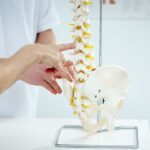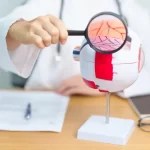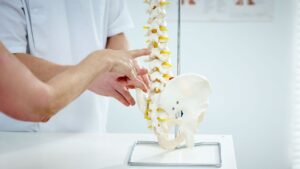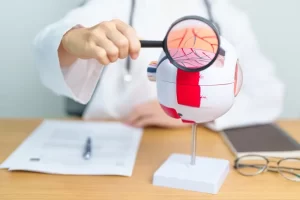
A colonoscopy is an important diagnostic procedure used to examine the lining of the large intestine, also known as the colon. It is performed to detect diseases or abnormalities such as polyps, ulcerative colitis, and colon cancer. During a colonoscopy, a doctor is able to view the inside of the colon and take a sample of the tissue for further testing.
The procedure begins with a patient lying on their left side while a doctor uses a colonoscope, a long, flexible tube around half an inch in diameter, to examine the inside of the colon. The colonoscope is inserted through the rectum and advanced to the other end of the large intestine.
A small camera is attached to the end of the tube, which allows the doctor to see the inside of the colon and take pictures of any abnormalities. The entire procedure usually takes about 30 to 60 minutes, during which medications are given through an IV to help the patient relax and feel drowsy.
The doctor may also take samples of tissue from the colon for further testing. Colonoscopies are used to detect diseases and abnormalities in the colon, as well as to screen for colon cancer. They are recommended for people over 50 years old, as well as those with a family history of colon cancer.
It is important to talk to your doctor to determine whether this procedure is right for you. Colonoscopy cost can vary from one place to another. For instance, colonoscopy cost in Singapore would differ from colonoscopy cost in the United States or other countries. It can also depend on several factors.
Preparing for a Colonoscopy
If you’re preparing for a colonoscopy, it’s important to follow your doctor’s instructions carefully. Preparing yourself ahead of time can help make the procedure go more smoothly.
The first step is to adhere to any diet or fluid restrictions your doctor has provided. You may be asked to limit or cut out solid foods for a few days before the test. If you’re asked to take laxatives, follow the instructions carefully.
It’s also important to make sure you have a driver to bring you home after the procedure. During the colonoscopy, you will be given sedating medication that will make it unsafe for you to drive or operate machinery for 8 hours afterwards.
When you arrive for the procedure, you will be asked to change into a hospital gown. You may be asked to empty your bladder before the procedure begins. During the procedure, a doctor will insert a colonoscope, a thin, flexible tube with a light and a camera, into your rectum.
The doctor will guide the tube up your colon and look for polyps, growths, or other abnormalities. The procedure takes about 30 minutes and may cause some discomfort. You’ll be awake during the procedure, but you won’t feel any pain.
After the procedure, your doctor will discuss the results with you. He or she will advise you on what to do next, depending on the results. By following your doctor’s instructions and preparing ahead of time, you can help make your colonoscopy a safe and successful procedure.







